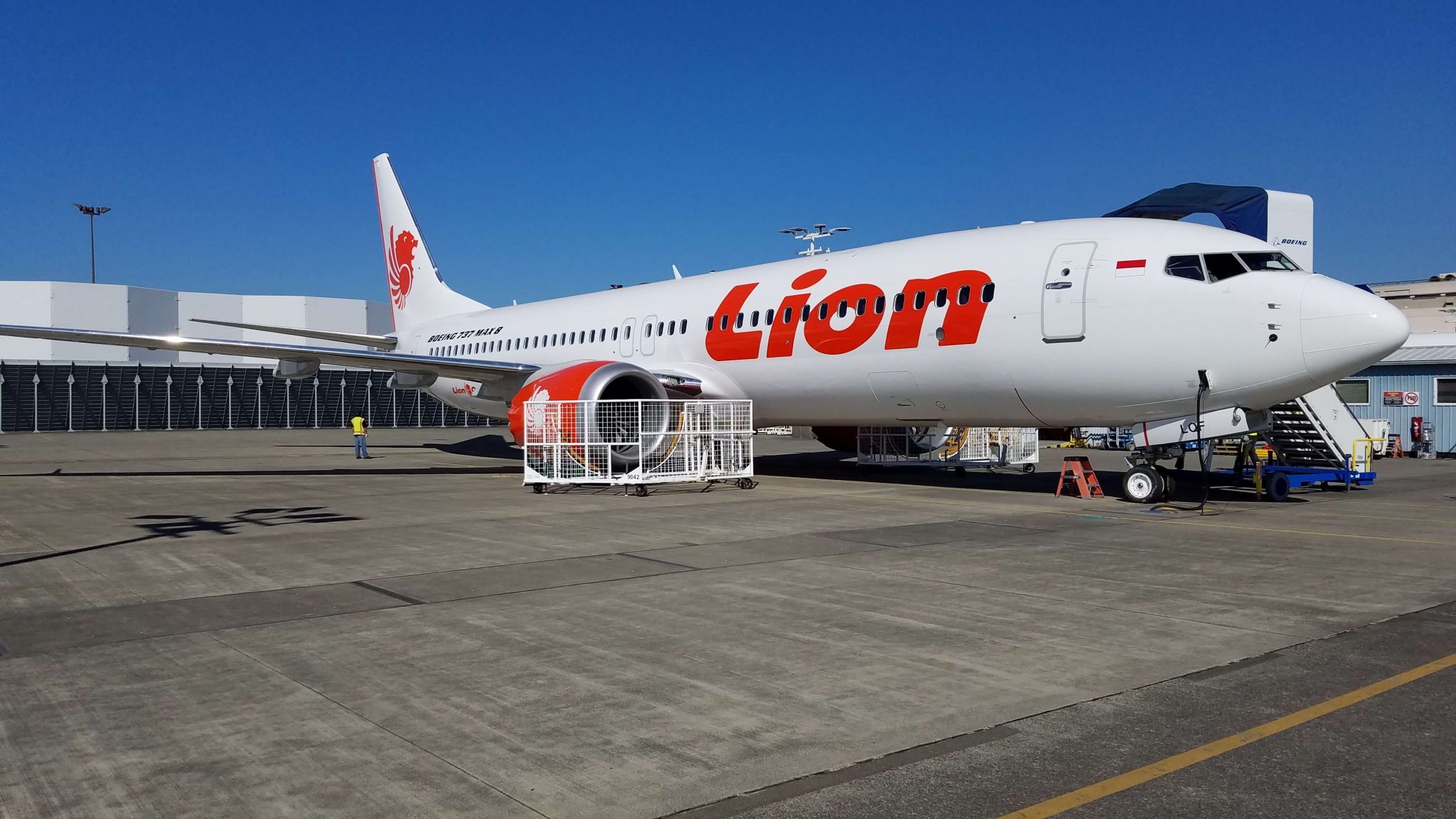In a statement on its website, Boeing says that initial findings from the investigation into the crash of Lion Air Flight JT 610 by the Indonesian National Transportation Safety Committee indicated that the aircraft experienced “erroneous input from one of its AOA (Angle of Attack) sensors”. As a result, on November 6, 2018, Boeing issued an Operations Manual Bulletin (OMB) directing operators to existing flight crew procedures to address circumstances where there is erroneous input from an AOA sensor.
Flight JT610 crashed shortly after takeoff on October 29, where all 189 people on board tragically lost their lives. The AOA sensors calculate the angle of the wind is passing over the wings, which helps to determines if a stall is imminent. Under some circumstances the Max aircraft will automatically try to push down the nose if they detect that an aerodynamic stall is possible.
The investigation into Lion Air flight 610 is ongoing and Boeing says that it is continuing to cooperate fully and provide technical assistance at the request and under the direction of government authorities investigating the accident.
This is very bad news for Boeing shareholders and all stakeholders in the 737 Max. Although early in the investigation, the industry will be asking how long a possible fix will take to come into operation across the 737 Max fleet and what the potential downtime may be for the fleet. There is also the open question of whether such a fault this affects only the Max 8 or all Max aircraft. It is too soon to say any more.

